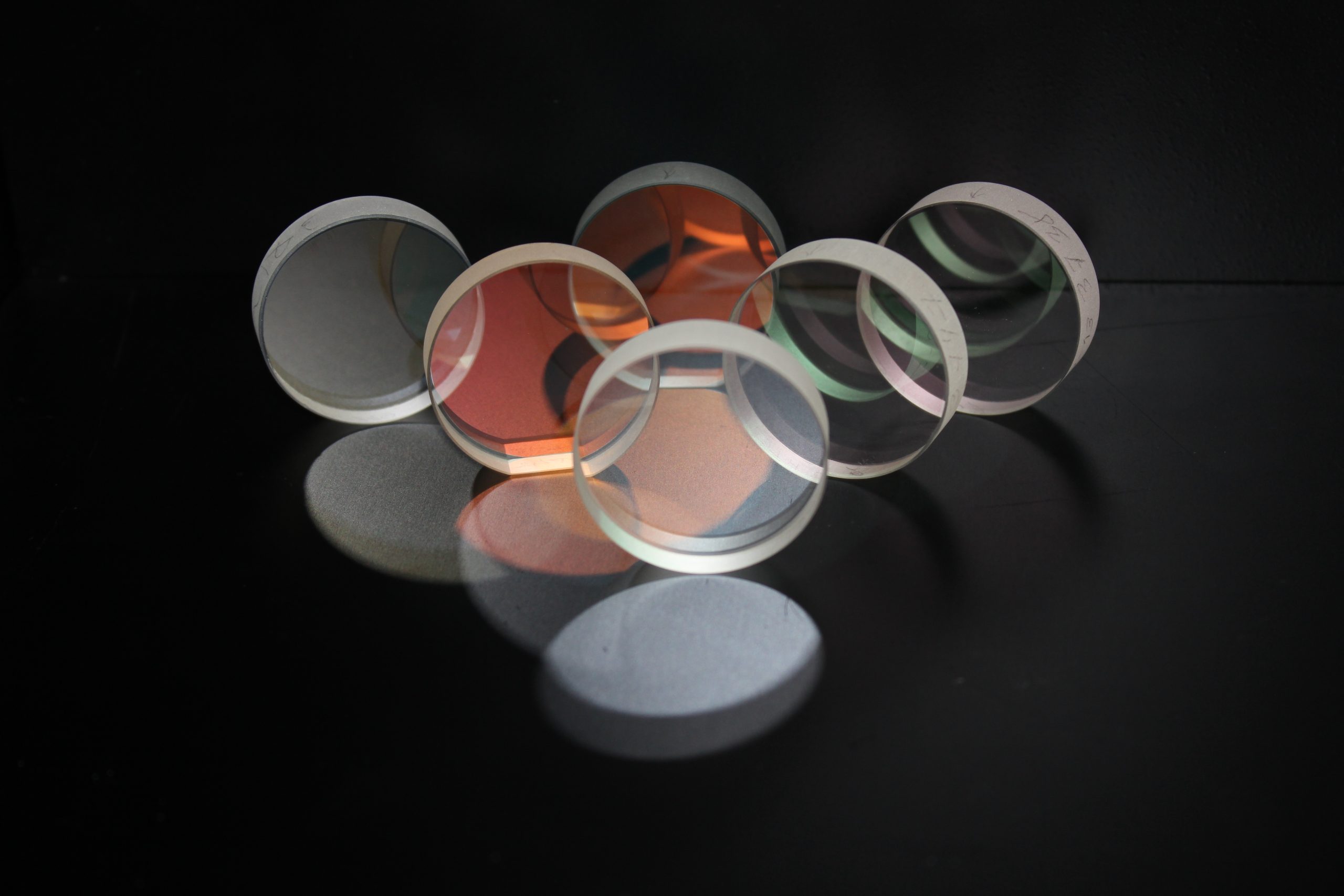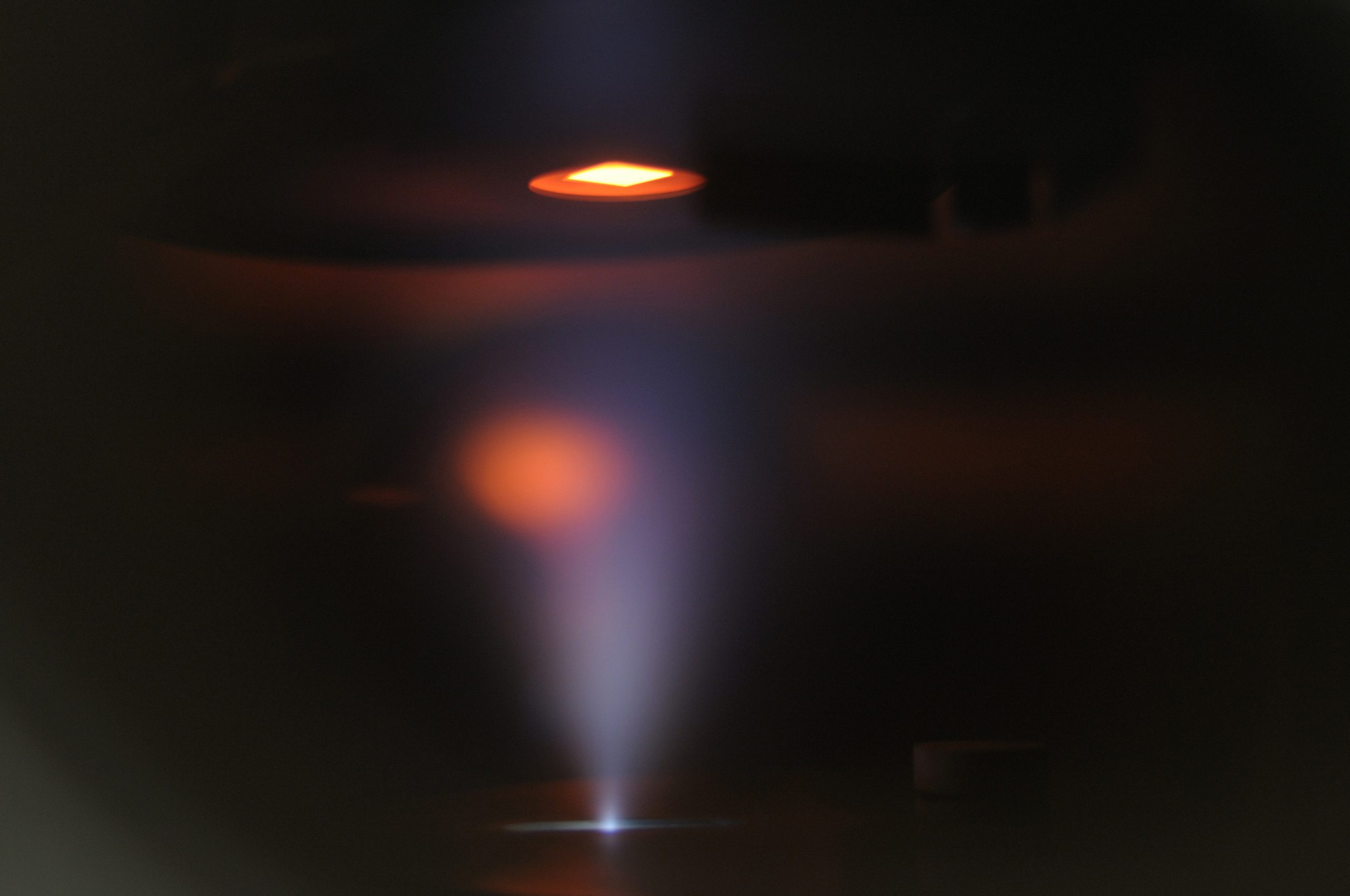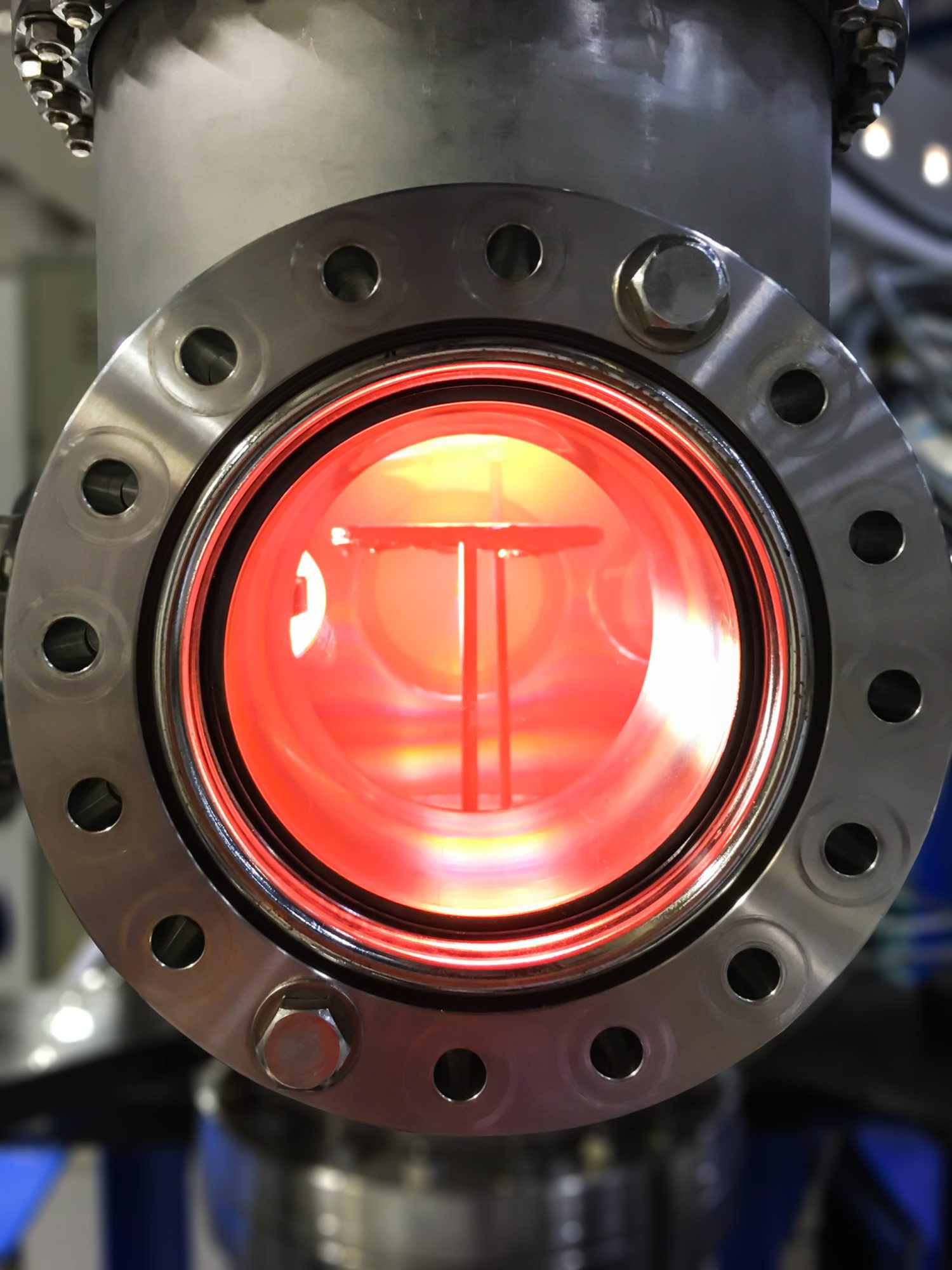
Laser Optics
Manufacturing

Nowadays laser system engineers and integrators often refuse to buy optics without proof of performance.
However, producing state-of-the-art optics is not a trivial task: there are so many degrees of freedom and pitfalls in a manufacturing process, which might affect overall optics performance.
Thus, often it is even not clear where to start optimizing technology. While working with optics manufacturing companies worldwide LIDARIS learned that the first and most important step towards improved technology is understanding what is the potential root cause of optics failure at high intensity; next, it is important to understand if there is some potential for improvement with current technology and how to go there.

Finally, it is important to identify possible ways of technology improvement and make a systematic plan with minimum expenses for development experiments.
LIDARIS has supported over 20 such R&D projects, which helped our clients to reach better LIDT performance of laser optics, and stay competitive in their current market. We are happy to be trusted by current leaders of the laser optics market as also enjoy corporations with world-recognized institutions such as European Space Agency.
How LIDARIS
can help?
- Identify the potential limitation of your best effort optics manufacturing technique;
- Assess if (or by how much) optics can be improved;
- Select a relevant metrology approach and make a technology development plan;
- Predict optics lifetime, if possible;
- Position your technology in the global context.

Process
-
Sign NDA.
-
Discuss your laser damage issues in detail.
-
Do preliminary screening experiments and identify the possible root cause of failure.
-
Make a systematic plan of action.
-
Prepare experimental samples and get them measured (get quantitative feedback on your effort).
-
Discuss the results and possible further improvements.
About
Lidaris
-
22+ YearsOf experience with Laser Damage Subject
-
20+ R&D ProjectsCompleted and Still Strong in A Long-Term Partnership
-
85% Exportto United States, European Union, Asia
-
150+ CustomersWorldwide Organizations, Who Trusts Us with Their Needs
-
18 Peoplein a Professional Team of Lidaris
-
3 PhD’sWith Doctorates in Laser Damage Subject
Related tests
Show all-
ISO 1-on-1
LIDT test (21254-1,2)Single-shot technique for determination of “intrinsic” laser-induced damage threshold of coatings.read more -
ISO S-on-1
LIDT test (21254-1,2)The most popular technique used for laser-induced damage threshold (LIDT) characterization of laser optics.read more -
Raster scan
LIDT testIt characterizes the worst-case scenario when it comes to large optics and defect-driven damageread more -
R-on-1
LIDT testTesting protocol, which provides preliminary information about the LIDT of the surface-limited samplesread more -
"Classical"
Lifetime TestThis test is available at ps, fs pulse duration and @kHz repetition rates: allows to investigate LIDT, ageing and lifetimeread more
more services
Show all-
For Manufacturers
We will assist you with:
- Partnership in optics R&D projects
- Quality checking of production batches
- Root cause analysis of Optics Failure
Find out more › -
For Distributors
We will assist you with:
- LIDT testing/certification in: CW-NS-PS-FS, From IR to UV, Air and vacuum
- Benchmark: Vendors, Competitors, Batches/items
Find out more › -
For Integrators
We will assist you with:
- ISO based and custom LIDT tests for high throughput screening of non-viable optics
- Optics lifetime testing
- Other: Low-loss absorption, Thermovision, Wavefront sensing
Find out more › -
For Project Matters
We will assist you with:
- Analysis and sales of the resistance of optical materials
- Technical consultations on laser optic questions
- Discovering new and improving old measuring scientific work
Find out more ›
